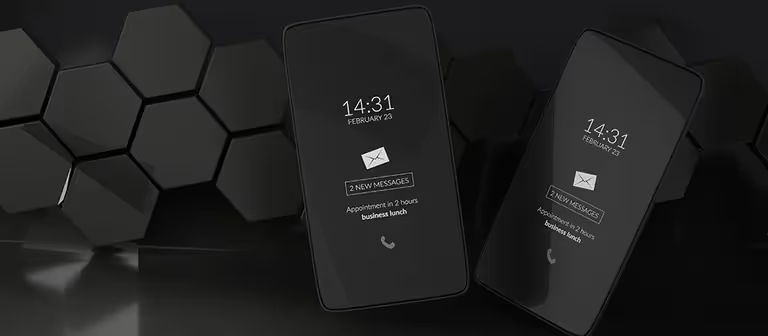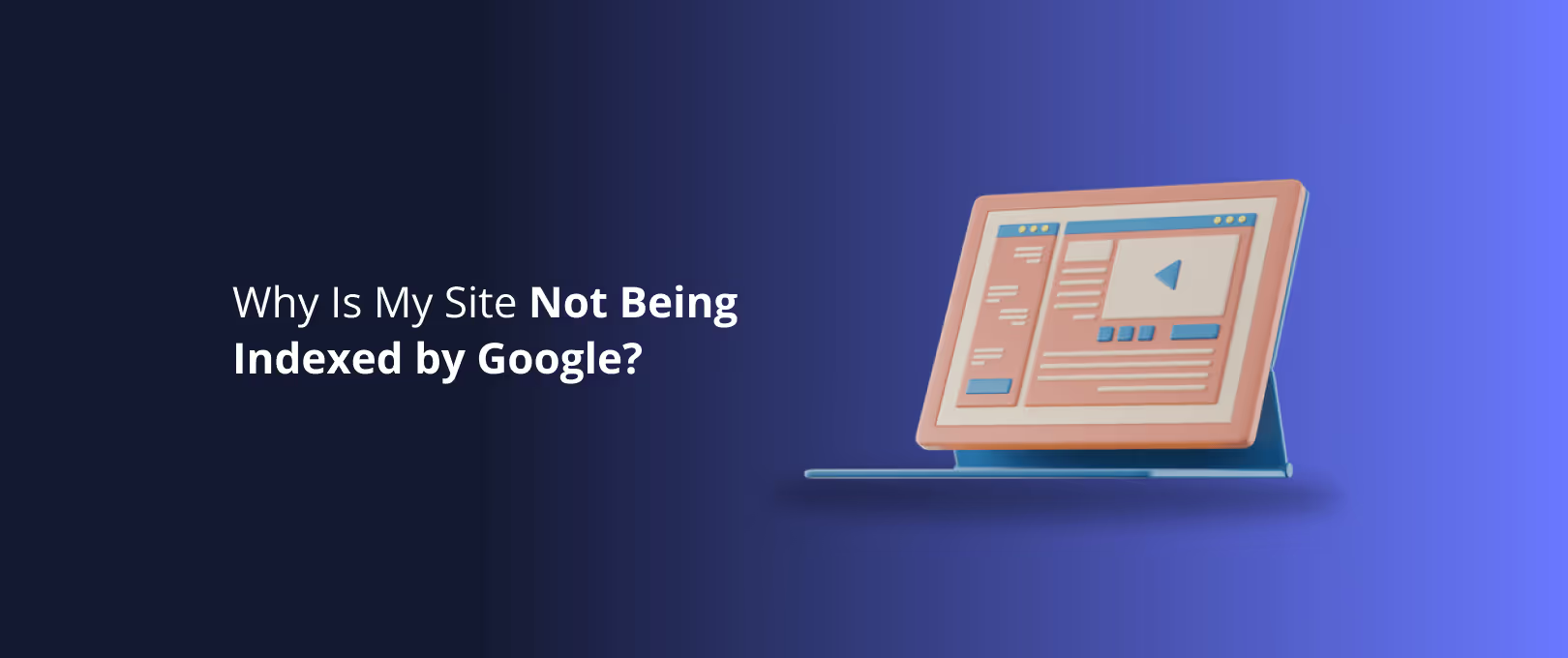How Dark Mode Affects UX and Why It’s Trending in Web Design
In recent years, dark mode has taken the web design world by storm. From operating systems to mobile apps and websites, this sleek, modern feature is becoming a staple in digital design. But dark mode isn’t just about aesthetics—it has a significant impact on user experience (UX) and accessibility.
At We Shall Conquer, we understand that a truly exceptional website goes beyond visuals; it’s about crafting an intuitive, comfortable, and engaging digital environment for your users. In this comprehensive guide, we’ll dive into the rise of dark mode, explore its profound effects on UX, and reveal why it’s a trend that’s not just here to stay, but essential for modern web development.
What is Dark Mode?
Dark mode is a design option that elegantly swaps the traditional light background with a dark color scheme, typically featuring light text on a dark background. It’s often available as an alternative to the default light mode and can be toggled based on user preference or system settings. This choice allows users to personalize their browsing experience, a key element in modern user-centric design.
Why Dark Mode is Trending
The surge in dark mode's popularity isn't arbitrary; it's driven by a confluence of aesthetic preferences, user empowerment, and widespread adoption by industry leaders.
1. Aesthetic Appeal
Dark mode offers a sleek, modern, and sophisticated look that resonates with users who prefer a minimalist and elegant digital interface. Its ability to make content pop against a muted background creates a visually striking experience.
2. User Control and Personalization
Empowering users with control over their digital environment is paramount in enhancing satisfaction. Offering a dark mode option demonstrates a commitment to user choice, significantly boosting engagement and perceived value. It allows individuals to tailor their experience to their comfort and preferences.
3. Adoption by Tech Giants
The widespread integration of dark mode by leading technology companies like Apple, Google, and Microsoft across their operating systems and applications has normalized and popularized this feature. This mass adoption has set a new standard, making dark mode an expected component of premium digital products.
How Dark Mode Affects User Experience
Beyond its stylish appearance, dark mode delivers tangible benefits that significantly enhance the overall user experience.
1. Reduces Eye Strain
One of the most frequently cited advantages of dark mode is its potential to reduce eye strain, particularly in low-light conditions.
Why It Works:
- Minimizes Blue Light Exposure: Dark mode limits the amount of blue light emitted by screens, which can contribute to eye discomfort and even disrupt sleep patterns, especially during prolonged use.
- Lowers Screen Brightness: By reducing the overall screen brightness, dark mode makes it considerably easier on the eyes when users are interacting with your website late at night or in dimly lit environments.
UX Impact:
Users can engage with your website more comfortably for extended periods, leading to improved content consumption, deeper engagement, and reduced user fatigue.
2. Enhances Focus on Content
Dark mode inherently creates a high contrast between the background and foreground elements, allowing images, videos, and highlighted textual content to truly stand out.
Why It Works:
- Reduces Visual Noise: With a darker canvas, distractions are minimized, enabling users to concentrate more effectively on the core content and information.
- Highlights Key Elements: Calls to action (CTAs), interactive elements, and crucial information become more prominent, guiding users efficiently through the interface and directing their attention where it matters most.
UX Impact:
Enhanced focus directly translates to improved readability and helps users navigate and complete tasks on your website with greater efficiency and less cognitive load.
3. Improves Battery Life on OLED Screens
For devices equipped with OLED screens, dark mode offers a significant practical advantage: improved battery longevity.
Why It Works:
- Pixel-Level Power Efficiency: Unlike traditional LCDs that backlight the entire screen, OLED panels light up individual pixels. This means that true black pixels consume virtually no power, leading to substantial energy savings when a dark color scheme is active.
UX Impact:
This battery-saving benefit is particularly valued by mobile users, extending device usability and enhancing their on-the-go experience without the constant worry of charging.
4. Supports Accessibility
Dark mode plays a crucial role in improving web accessibility for a diverse range of users, including those with specific visual impairments or light sensitivity.
Why It Works:
- Reduces Glare: For individuals with conditions like photophobia (light sensitivity), dark mode significantly reduces screen glare, making the content far more comfortable to view.
- Aids Specific Visual Impairments: For some users with certain types of visual impairments, the reduced brightness and high contrast of dark mode can make text and interactive elements easier to discern and interact with.
UX Impact:
By offering a robust dark mode option, you improve the inclusivity of your website, ensuring it caters to a broader audience and aligns with modern WCAG (Web Content Accessibility Guidelines) principles.
Challenges of Implementing Dark Mode
While dark mode presents numerous advantages, its effective implementation requires careful consideration to avoid common pitfalls. Addressing these challenges requires expert Webflow development and a deep understanding of UX principles – precisely what We Shall Conquer brings to every project.
1. Contrast and Readability Issues
A critical challenge is maintaining sufficient contrast between text and background in dark mode. Poor contrast can lead to eye strain, make content difficult to read, or even render elements invisible.
Solution:
At We Shall Conquer, we meticulously follow WCAG (Web Content Accessibility Guidelines) to ensure optimal contrast ratios, guaranteeing your dark mode design is not only aesthetically pleasing but also fully accessible and comfortable to read.
2. Inconsistent Branding
Dark mode can inherently alter the appearance of your brand colors, potentially compromising visual consistency and brand identity across different modes.
Solution:
Our Webflow experts are adept at adjusting color palettes for dark mode, ensuring that your brand's essence and recognition remain strong and consistent, regardless of the user's chosen interface setting.
3. Implementation Complexity
Designing and rigorously testing a dark mode feature requires additional development effort to ensure a seamless and bug-free experience across both light and dark interfaces.
Solution:
We utilize modern development practices and tools, including native CSS prefers-color-scheme media queries, to efficiently and accurately implement dark mode. Our thorough testing protocols guarantee a flawless transition and consistent performance across all devices and browsers.
Best Practices for Designing in Dark Mode
Leveraging dark mode successfully requires adherence to specific design principles to maximize its benefits and avoid common pitfalls.
1. Optimize Contrast
Ensure that all essential elements text, icons, interactive components stand out clearly and distinctly against the dark background. Our approach focuses on creating clear visual hierarchies.
2. Use Desaturated Colors
Bright, highly saturated colors can appear overly intense or even jarring on dark backgrounds. We opt for desaturated hues and subtle color accents to maintain a balanced, sophisticated, and comfortable visual experience.
3. Test in Different Lighting Conditions
A truly effective dark mode should perform excellently in both brightly lit and dimly lit environments. Our comprehensive testing ensures your designs maintain readability, visual appeal, and user comfort across various real-world lighting scenarios.
4. Offer Easy Switching
Provide a prominent, intuitive toggle or switch for users to effortlessly transition between light and dark modes. This commitment to user control significantly enhances personalization and overall satisfaction.
Real-World Examples of Effective Dark Mode
Observing how leading platforms have successfully integrated dark mode provides valuable insights into its power to elevate user experience.
1. YouTube
YouTube’s dark mode dramatically enhances the video-watching experience by reducing distracting glare and allowing the video content to truly take center stage, creating a more cinematic feel.
2. Slack
Slack’s dark mode provides a comfortable, low-light experience ideal for prolonged use, particularly for teams collaborating late into the evening or across different time zones.
3. Spotify
Spotify leverages dark mode as its default aesthetic, aligning perfectly with its brand identity while expertly improving focus on music and media content for its vast user base.
Conclusion
Dark mode is far more than just a fleeting trend; it's a strategically impactful design choice that demonstrably improves user experience, bolsters accessibility, and even contributes to device performance. By thoughtfully offering a dark mode option, you can meet evolving user preferences, foster deeper engagement, and solidify your website's position at the forefront of modern web design.
Ready to implement dark mode or integrate other cutting-edge UX features into your next project? As a leading Webflow agency, We Shall Conquer doesn't just build websites; we craft immersive, high-performing digital experiences designed for optimal user engagement and tangible business growth. Our expertise in Webflow development, combined with a deep understanding of user-centric design, ensures your online presence is not only visually stunning but also intuitively functional and future-proof.
Discover how we transformed the digital presence for clients like Onloop and Nurall, delivering complex features with precision and speed. Take the first step towards a superior online experience. Get a free site audit for your website today, and let our Webflow expertise elevate your website’s UX to the next level!




